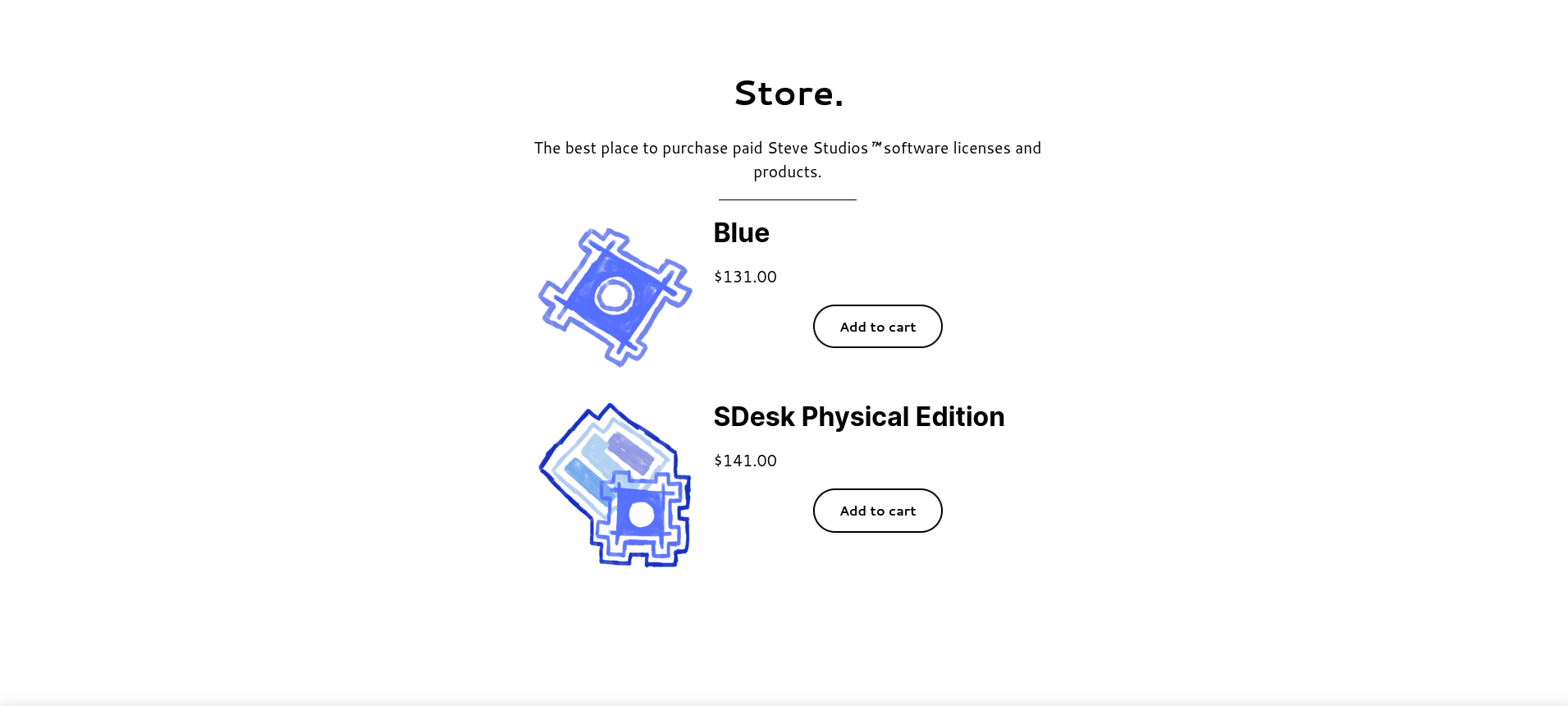I recently spent some time browsing my favorite website, Distrowatch.com, where they provide weekly news updates on the latest developments in the world of Linux distributions. This week, I noticed that a new distro had been added to their list: SDesk. Given its intriguing name, I decided to take a closer look and discovered that it utilizes a programming language called ‘Blue’.
What caught my attention was that to use this Blue programming language, one must pay $131! As someone who values open-source principles, I found this surprising, especially since many Linux distributions are built on the idea of free and open collaboration.
Other websites also features links to a previous GitHub page for Blue, which was removed. Without knowing the original license used by that project, it’s unclear whether using paid-for programming language in an open-source operating system would be legally acceptable. As I’m not a lawyer nor an expert online, I’d love to hear from anyone who might have insight into this matter.
To me, it seems counterintuitive for a Linux distro to incorporate proprietary programming tools that require payment to edit or modify code. This goes against the fundamental nature of open-source collaboration, where code is freely shared and repurposed. It’s an interesting development, to say the least what are your thoughts?
dead-github link https://github.com/SteveStudios/Blue
–edit
also when finding the link duck duck go said it was GPL V3





GPL FAQ: https://www.gnu.org/licenses/gpl-faq.html#NonFreeTools
In the old days proprietary compilers was the norm. If “blue” is of value an open source equivalent will be made eventually. But looking at the blue examples and sdesk repo I doubt it.
Going just by the examples, Blue itself seems more an incomplete templating/code generation layer for getting some syntax sugar than anything else. Like you write Blue targeting C, write super high level constructs in Blue, then include C headers and snippets of C code for all the stuff you can’t write in Blue, and finally transpile Blue into C which is then compiled conventionally.